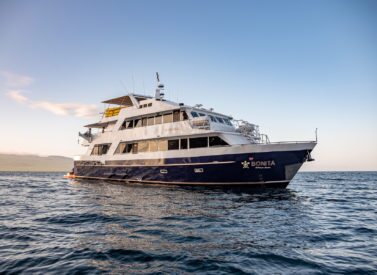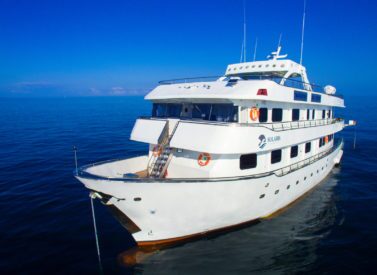
Samba Galapagos Sailing Boat
The Samba Galapagos sailing boat offers the best superior tourist cruise.
Top naturalist guides reveal the Galapagos Islands’ wonders on this Dutch-built sailing boat with beautiful teak decks.
Up to 14 people can enjoy the magic of the Galapagos Islands on the Samba. The professional, experienced and friendly crew will make this the trip of a lifetime.
The Samba’s fantastic itineraries take you to some of the Galapagos archipelago’s most famous and remote regions. Visits include hikes, snorkels, and zodiac rides among the flora and fauna. The Samba also counts free-to-use kayaks for those wanting to see the Galapagos from a different perspective.
The Samba is the standout superior tourist Galapagos sailing boat.
Samba Galapagos Sailing Boat
The Samba’s upper deck offers outside dining for an immersive Galapagos Islands experience. Watch the bird and marine life from a privileged viewpoint, sunbathe on the foredeck, or relax.
The Samba’s beautifully finished interior includes a dining area, library, and TV. Your naturalist guide will explain the day’s activities and the significance of the Galapagos Islands here.
Each of the seven cabins has hot water, a private bathroom, and comfortable beds.
Free kayaks, paddle boards, and snorkelling gear
Days are spent exploring the Galapagos’ enchanting landscapes with the boat’s top-quality guide. As a bonus, the Samba cruise package includes free use of onboard kayaks, paddle boards, and snorkel equipment, including wetsuits and fins.
Trip Highlights
Print Share Download as PDF-
Galapagos’ top superior tourist sailing boat
-
Free use of snorkels, 3mm full-length wet suits, fins, and kayaks
-
Six double cabins (bunks) and one double-bed cabin
-
Top quality guide and personable, professional crew
-
Free paddle boards to get close to nature
-
Two, week-long itineraries without passenger pick-ups inbetween
Thank you for organising the tour to the Galapagos for me—the tour overall was above expectations! Galapagos are was a great places to visit and we saw a lot.
The boat tours were overall well organised and the service level was good too, the atmosphere was pleasant and the activity level was great.
I had a great time & thanks again for a great trip!! I will recommend you to friends!
Christian Cornett, Samba Cruise, Mar 2024
Full Itinerary
Samba: North and Western Itinerary
North and Western Itinerary (8 days) Tue-Tue
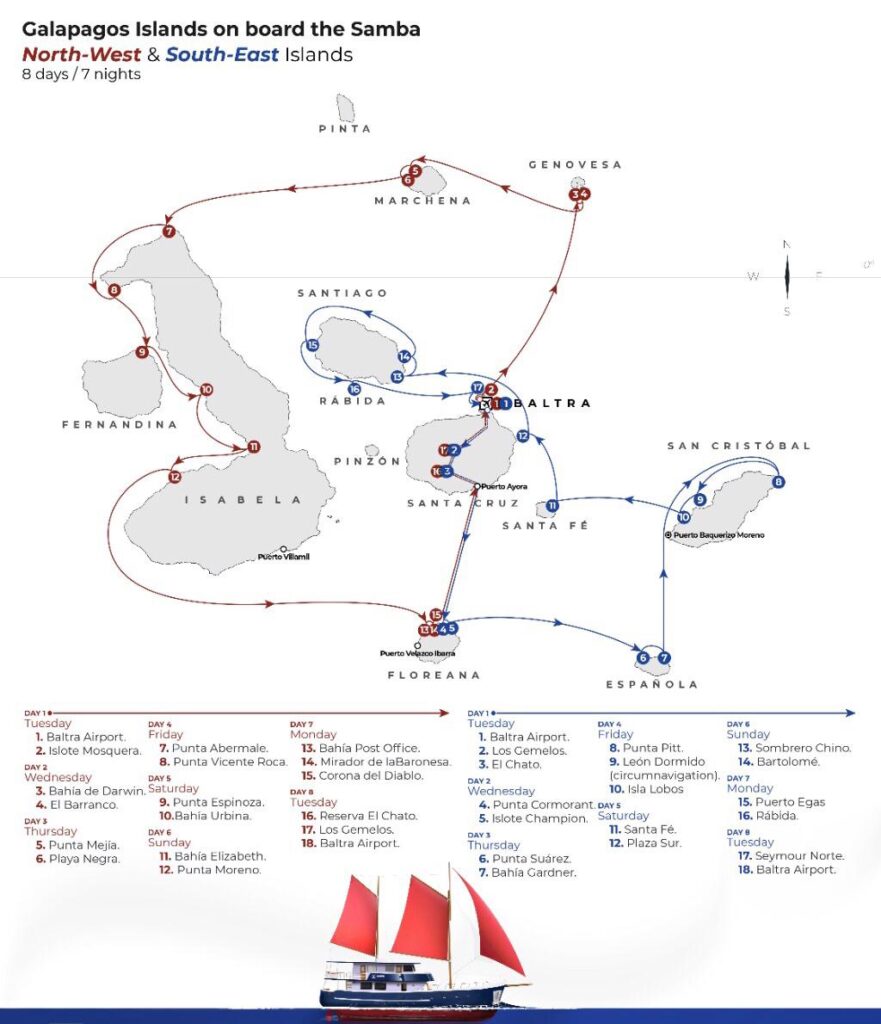
- Fantastic snorkels in remote, volcanic areas
- Includes the seldom-visited Marchena Island
- Spot dolphins and whales during sails
- Visit the remote northern islands
Day 1 (Tue): Fly to Baltra - transfer to yacht – Mosquera Islet (L,D)
Upon arrival at Baltra Airport, all visitors will pay their entrance fee to the Galapagos National Park, undergo immigration control, retrieve checked luggage, and have their hand luggage inspected by the Galápagos Biosecurity Agency (ABG), also known as our Quarantine system.
The Samba’s naturalist guide will meet you at the terminal exit and accompany you on a brief bus journey to the harbour to board the Samba. Lunch will be served around 12:30.
Following a light lunch, the Samba will embark on a 45-minute journey to Mosquera. Picture a beach emerging from the depths of the ocean in the midst of nowhere, its sand as soft as sugar. Now, envision a colony of sea lions basking under a fabulous sunset. Welcome to Mosquera!
This islet, formed by volcanic activity approximately 100 thousand years ago, marks an exceptional beginning to any Galápagos adventure. Along the shore, encounters with Galápagos sea lions, sally light-foot crabs, and various shorebirds are common, making it a geological and biological marvel.
We return to the Samba for dinner.
Day 2: Genovesa: Darwin Bay – Prince Philip’s Steps (B,L,D)
After a 6 to 7-hour voyage from Santa Cruz, you’ll awaken to the enchanting chorus of one of the largest tropical seabird colonies on the planet. Darwin Bay serves as the nesting grounds for many seabird species. The cliff tops are adorned with frigatebirds, red-footed boobies, Nazca boobies, swallow-tailed gulls, tropicbirds, and numerous other pelagic creatures.
Following a wet landing and bathed in the early morning light, you’ll witness the captivating courtship displays of red-footed boobies as they gather nesting materials. Meanwhile, the magnificent frigatebirds puff up their gular sacs to attract a mate, while some engage in their favourite pastime: piracy. Darwin’s finches, Galapagos doves, and mockingbirds explore the ground in search of seeds and insects. The vivid hues of the red mangroves, cacti, and saltbushes create a striking contrast against the azure sky and the dark basaltic cliffs.
We return to the Samba for lunch.
After lunch, a dry landing awaits to ascend Prince Philip’s Steps. The steep climb elevates you 100 feet above sea level, where you’ll be greeted by the graceful silhouettes of red-billed tropicbirds and the agile Galapagos shearwaters, both gracefully interacting with the cliff face during their swift approaches.
The lava rock trail leads through the endemic dwarf incense tree forest, where you’ll encounter more nesting red-footed boobies and their gannet-like relatives, the Nazcas, noisily asserting their dominion over the area. The Palo Santo forest lies dormant for much of the year, awakening only during the rainy season to fill the air with its refreshing aroma.
Emerging from the dense trees, you may find yourself breathless at the sight of thousands of storm petrels darting erratically above the lava flows. It’s an ideal hunting ground for the island’s predators.
The short-eared owl, typically a nocturnal hunter elsewhere in the world, stalks its prey in broad daylight on Genovesa. More akin to a cat than an owl in its hunting techniques, it patiently waits outside lava tunnels and crevasses to seize the storm petrels as they emerge after tending to their young.
Snorkelling around Tower Island offers a mesmerising view of a diverse array of tropical fish.
We return to the Samba for dinner.
Day 3: Marchena: Punta Mejia – Playa Negra (B,L,D)
While all boats typically journey south after visiting Tower Island, the Samba charts a unique course west-northwest. Thanks to special permission from the Galapagos National Park Service, we have the privilege of exploring the enchanting shores of Marchena Island for snorkelling, dinghy rides, and kayaking.
Marchena’s rugged and untouched landscapes, adorned with endless lava flows, where only scientific explorers have set foot, create a serene backdrop. Here, amidst the absence of fresh water and scarce soil, the tranquillity is interrupted only by the rhythmic pulse of the Pacific swells and the boisterous chat of the resident sea lions.
Punta Mejía stands out as one of the premier snorkelling sites in the entire Galapagos archipelago. The calm, crystal-clear waters along the northwest coast, juxtaposed against the stark and imposing terrain, evoke a sensation of witnessing the primordial origins of our planet and its underwater realm. Beyond the rich diversity of fish species, snorkellers often encounter rays, reef sharks, and sea turtles in these pristine waters.
We return to the Samba for lunch.
Embarking on a thrilling 45-minute southwest journey to Playa Negra, excitement fills the air as sightings of bottlenose dolphins, other cetaceans, or feeding frenzies are not uncommon.
Following an early afternoon snorkel session around recently formed lava grottoes, where marine iguanas thrive, we set sail for a 5 to 6-hour voyage to the west. Venturing further from the island, the seabed transforms dramatically, plunging into deep waters marked by an oceanic drop-off.
The Cromwell Current, originating from the depths of the western ocean, enriches the surface waters, triggering a remarkable upwelling phenomenon. This abundance reverberates throughout the marine food chain, leading to frequent sightings of cetaceans and other marine marvels during our journey. While encounters with whales or dolphins are never guaranteed, we will do our best to spot them.
We return to the Samba for dinner.
Day 4: Isabela: Punta Albemarle – Punta Vicente Roca (B,L,D)
Human history has left an indelible mark on this remote corner of the Galapagos.
Punta Albemarle, situated at the northernmost point of Isabela Island, once served as a vital US radar station during World War II. Its purpose was to thwart any potential Japanese threat to the Panama Canal.
Today, a small, weathered building stands as a poignant reminder of the monotony and routine that plagued the young navy officers stationed here. Tasked with three-week shifts devoid of any real action, they bore witness to a different kind of struggle for survival unfolding in the surrounding wildlife.
Amidst the recent lava flows, the world’s only flightless cormorants find sanctuary, nesting amidst the harsh terrain alongside the largest marine iguanas in the Galapagos.
With few boats venturing to this remote outpost, the usually shy cormorants go about their nest-building rituals with indifference to human presence, while the marine iguanas adapt to their surroundings, venturing to the shoreline to feed on algae as the morning progresses. This extraordinary setting reminds one that change is the only constant in the Galapagos Islands.
We return to the Samba for lunch.
Punta Vicente Roca boasts a breathtaking array of geological formations, showcasing the transformative forces that have shaped the islands over millennia. Situated on the southwestern flank of Ecuador Volcano, just south of the equator, this area exemplifies the dynamic interplay between geological processes and wildlife evolution.
Here, tuff cones and lava dikes bear witness to the island’s tumultuous past while erosion and collapse continue to sculpt the landscape. From our dinghies, we marvel at the dramatic structures while observing the diverse marine life that thrives in these waters, including Galapagos penguins, brown noddies, and blue-footed boobies.
When conditions permit, snorkelling reveals a vibrant underwater world, with the walls of the tuff cones adorned with colourful invertebrates and flourishing algae providing a feeding ground for numerous sea turtles.
We return to the Samba for dinner.
Day 5: Fernandina: Punta Espinoza – Isabela, Urbina Bay (B,L,D)
Fernandina, the youngest island of the Galapagos Archipelago, is a geological newborn, barely 30,000 to 100,000 years old. This immature shield volcano represents a fleeting moment in the vast expanse of geological time. Its barren, lava-covered landscape may seem inhospitable, but life thrives along the shoreline at Punta Espinoza.
Here, amidst the harsh terrain, reptiles, birds, and mammals coexist in a symphony of activity. Marine iguanas bask in the sun, sea lions frolic in the surf, flightless cormorants toil tirelessly, dwarf penguins dart among the rocks, and Sally light-foot crabs scuttle about busily.
Amidst this bustling scene, the Galapagos Hawk keeps a vigilant eye, ever on the hunt. Punta Espinoza stands as a living museum, a true cradle of evolution. After a lava walk, snorkelling alongside turtles, iguanas, cormorants, and an abundance of fish offers a refreshing reprieve.
We return to the Samba for lunch.
The Galapagos hotspot fuels intense volcanic activity, particularly evident in the west islands, which are the youngest and most active of the archipelago. Situated in Isabela Island’s heart, Alcedo Volcano is a stark reminder of the region’s volatility.
Along the west shoreline of Alcedo lies Urbina Bay, a testament to the dynamic forces at play. In 1954, a dramatic uplift occurred, creating over three-quarters of a mile of new shoreline and exposing numerous coral reef extensions.
This newly formed land became a sanctuary for the magnificent land iguanas of Isabela, renowned for their size and vibrant colours. Against the backdrop of this primordial landscape, the yellow, orange, and brown iguanas roam the lowlands in search of sustenance, while giant tortoises, drawn by the rains, share the terrain with their reptilian counterparts.
Urbina Bay is a miniature glimpse into a bygone era reminiscent of a Jurassic landscape frozen in time.
We return to the Samba for dinner.
Day 6: Isabela: Elizabeth Bay – Punta Moreno (B,L,D)
Isabela Island commands nearly half of the total land area of the Galapagos Archipelago. It is almost 100 miles in length and boasts a breathtaking array of habitats. Resembling a seahorse in shape and crowned with volcanoes soaring over 1,524m/5,000 feet in altitude, it is also the birthplace of extensive mangrove forests.
Elizabeth Bay is a singular marvel on Earth, where ancient tropical mangroves and penguins coexist in rare harmony. This ecosystem teems with life, serving as a sanctuary for spotted eagle rays and sea turtles and a thriving nursery for fish and marine invertebrates.
Drifting with our outboard engines silenced and relying solely on our oars for propulsion, we immerse ourselves in the tranquil beauty of this vibrant ecosystem.
We return to the Samba for lunch.
Upon landing at Punta Moreno, one cannot help but empathise with the Spanish Bishop who first set foot on these shores, describing it as if “God had decided to rain stones.” Struggling to find fresh water amidst the barren lava fields, he desperately resorted to chewing on cactus pads.
More than three centuries later, the pioneering naturalist Charles Darwin saw beyond the lava landscape’s desolation. Astonished by the remarkable colonisation of plants and the emergence of life in such harsh conditions, he likened the process to the very origin of life on our planet—the “mystery of mysteries.”
Stunning oases emerge amid the stark backdrop of pioneer cacti piercing through the rugged terrain. Where lava tunnel roofs have collapsed, brackish water accumulates, giving rise to a flourishing ecosystem inhabited by greater flamingos, moorhens, black-necked stilts, and Galapagos Martins.
Punta Moreno stands as a testament to the resilience of life and the power of adaptation in the face of adversity.
We return to the Samba for dinner.
Day 7: Floreana: Post Office Bay – Champion (B,L,D)
Adventure, survival, mystery, and intrigue converge at our next destination: Post Office Bay. This historic site bears witness to a legacy shaped by pirates, whalers, scientific expeditions, and tales of camaraderie and treachery.
Following a wet landing, we take a short stroll to partake in one of the most enduring traditions of the Galapagos, dating back to the late 1700s. Prepare your postcards and immerse yourself in the enchanting narratives that bridge the past with the present.
By late morning, we set sail for Champion Islet, a mere 25-minute journey away, where we engage in a snorkelling adventure and a panga ride. The underwater world surrounding the islet is nothing short of extraordinary, teeming with a diverse array of fish, rays, sharks, and the playful antics of the Galapagos sea lions.
We return to the Samba for lunch.
This small sanctuary is one of only two places where the Floreana mockingbird survives following its extinction on the main island. As we search for this rare bird from our dinghies, we are treated to a breathtaking landscape adorned with fairy-tale cacti and terracotta rock formations, enhancing the allure of this remarkable locale.
We return to the Samba for dinner.
Day 8: Santa Cruz Highlands, transfer to the airport, fly to Ecuador (B)
The Highlands of Santa Cruz, nestled at 55m/1,800 feet, boast breathtaking greenery and provide a rare glimpse of a mature Galapagos forest.
Here, the Daisy trees of the Scalesia genus adorn a pair of extraordinary geological formations known as “Los Gemelos” or “The Twins.” These collapsed craters and their surroundings serve as a haven for numerous species, including Darwin’s finches, mockingbirds, vermillion flycatchers, and a rich diversity of indigenous plants.
To make the most of your visit, it’s advisable to disembark early in the morning. Breakfast will be served at 6:00 am, with check-out scheduled for 7:00 am, ensuring a pleasant start to exploring this captivating natural wonder.
We transfer you to the airport for your onward flight or continue your adventure in the Galapagos.
Samba Central and Southern Itinerary
Samba: Central and Southern Itinerary
Central and Southern Itinerary (8 days) Tue-Tue

- Visit the iconic Bartolomé, Kicker Rock, and Española
- Albatrosses, Boobies, turtles, giant Galapagos tortoises, and more
- Take in the mysteries of Floreana
- Wonderful snorkels
Day 1 (Tue): Fly to Baltra - transfer to yacht – Santa Cruz Highlands (L,D)
Upon arrival at Baltra Airport, all visitors will undergo essential procedures, including payment of the Galapagos National Park entrance fee, immigration clearance, retrieving checked luggage, and undergoing hand luggage checks by the Galápagos Biosecurity Agency (ABG), also known as the Quarantine system.
The Samba’s knowledgeable naturalist guide will assist you upon exiting the terminal and accompany you to the bus.
We’ll board a LOBITOS bus to travel a short seven-minute ride to the south end of Baltra island. From there, we’ll cross the Itabaca Channel on a small ferry, landing on the north coast of Santa Cruz. Another bus will take us on a scenic journey through the island to visit the captivating highlands.
Our first stop will be El Chato 2, a private tortoise reserve, where we’ll have the opportunity to spend quality time with these gentle giants and explore a lava tunnel. Lunch will be served around 13:00.
It’s recommended that you come prepared for the highlands visit, as the area tends to be muddy and humid. Wear appropriate gear, such as sturdy footwear and a rain jacket.
After our enriching experience in the highlands, we’ll travel by bus to Puerto Ayora. Here, guests will have a brief opportunity to explore the town’s main street before we return to the Samba. We’ll board around 17:30, and dinner will be served at 19:00.
Day 2: Floreana, Punta Cormorant & Devil’s Crown – Post Office Bay & Baroness Lookout (B,L,D)
Today, we embark on an adventure to Floreana Island, also known as Charles Island.
At Floreana, we’ll make a wet landing on a volcanic olivine beach at Punta Cormorant. Here, we’ll encounter greater flamingos and sea turtles inhabiting the area. On one side of the point, a brackish lagoon attracts flamingos, whimbrels, herons, and stilts. In contrast, on the other side, sea turtles utilise the white sand beach for nesting.
After observing stingrays, reef sharks, and potentially basking turtles, we’ll enjoy a snorkelling session at Devil’s Crown, one of the world’s best snorkelling spots.
We return to the Samba for lunch.
Next, Baroness Lookout. Navigating through a sea lion colony, boobies, and mangroves, we’ll reach the eroded spatter cone summit. Here, amidst a picturesque landscape of little islands, we’ll delve into the intriguing human history of “Las Encantadas,” including the stories of the Wittmers, Dr. Ritter and Dora, and the enigmatic Baroness and her three lovers, part of the captivating mystery of Floreana Island.
We return to the Samba for dinner.
Day 3: Española: Punta Suarez – Gardner Bay (B,L,D)
Española Island, the oldest in the Galapagos Archipelago, offers a breathtaking display of life and beauty at Punta Suárez. From fiery-coloured marine iguanas to leisurely sea lions, blue-footed boobies, and an ancient seabird colony featuring the only tropical albatross on Earth, Punta Suárez promises an unforgettable experience.
We return to the Samba for lunch.
Following a snorkelling or kayaking session at Gardner Island, with its tranquil waters and scenic landscape, we’ll enjoy a leisurely walk along Gardner Bay’s white sand beach. Amidst the company of sea lions and Hood mockingbirds, we’ll bask in the serene beauty of this idyllic setting.
We return to the Samba for dinner.
Day 4: San Cristobal: Punta Pitt - Isla Lobos & Kicker Rock (B,L,D)
San Cristobal Island, where Charles Darwin first set foot in the Galapagos, greets us with the stunning landscape of Punta Pitt.
Here, we’ll kayak in the protected cove and observe a large seabird colony nesting on a nearby islet, including swallow-tailed gulls, frigate birds, Nazca and red-footed boobies, storm petrels, and shearwaters.
A wet landing at a golden sand beach offers an opportunity to explore a tuff cone before sunset.
We return to the Samba for lunch.
About three and a half hours of navigation south leads us to Isla Lobos, where the barking of Galapagos sea lions welcomes us to a dry landing.
Exploring the rocky terrain, we’ll encounter magnificent frigate birds, blue-footed boobies, and the nesting grounds of sea lions. Swimming with these playful marine mammals is an unforgettable highlight of the day.
We return to the Samba for dinner.
Day 5: Santa Fe: Barrington Bay – South Plaza (B,L,D)
Our morning begins with a visit to Barrington Bay on Santa Fe Island, where picturesque turquoise waters and a forest of towering prickly pear cacti greet us.
Amidst this stunning backdrop, we’ll encounter the Barrington terrestrial iguana, an endemic species displaying a unique pale colouration. Next, we’ll embark on a snorkelling excursion to explore the vibrant underwater world.
We return to the Samba for lunch.
A two-hour navigation north brings us to South Plaza Island, where a dazzling display of life and colours will greet us. Land iguanas traverse the bright red carpet weed while swallow-tailed gulls nest atop the cliffs.
As we explore the island’s 13 acres of beauty, we’ll encounter numerous iguana nests and observe a variety of seabirds, including swallow-tailed gulls, shearwaters, and red-billed tropic birds.
We return to the Samba for dinner.
Day 6: James: Sullivan Bay - Bartolome (B,L,D)
We’ll marvel at the otherworldly landscape shaped by coiled pahoehoe lava formations and eroded coral sands at Chinese Hat. A scenic cinder cone rises prominently against the backdrop, offering a glimpse into the island’s volcanic origins.
Snorkelling in the crystal-clear waters provides opportunities to encounter penguins and other marine life.
We return to the Samba for lunch.
Bartolomé Island beckons us with its dramatic volcanic landscape, dominated by spatter cones and the iconic Pinnacle Rock. A climb to over 270 feet rewards us with panoramic views of the surrounding islands and the chance to observe nesting sea turtles (December to March).
Golden beaches offer tranquil spots for swimming alongside penguins, sharks, and lava tubes.
We return to the Samba for dinner.
Day 7: Santiago: James Bay - Rabida (B,L,D)
We’ll commence our visit to Santiago Island with a wake-up call at Puerto Egas, also known as James Bay. The shoreline presents a captivating blend of tuff cones, lava flows, and organic sand, teeming with a diverse array of shorebirds and reptiles.
Lava tunnels shelter Galapagos fur sea lions while snorkelling unveils a vibrant underwater world inhabited by sea turtles, parrotfish, reef sharks, and more.
We return to the Samba for lunch.
Rábida Island awaits with its striking red volcanic landscape and crimson sand beaches. A protected shore provides ideal conditions for a Galapagos sea lion nursery, while occasional sightings of brown pelicans and flamingos add to the island’s allure.
Snorkelling off the beach offers encounters with sharks, rays, and colourful fish, completing our exploration of this unique island.
We return to the Samba for dinner.
Day 8 (Tue): North Seymour, transfer to airport, fly to Ecuador (B)
A sunrise landing at North Seymour Island offers an unforgettable farewell to the Galapagos. We’ll stroll among the largest blue-footed booby colony on the islands, witnessing their captivating courtship displays. Magnificent frigatebirds nest nearby, their inflated pouches attracting mates in a spectacle of nature’s grandeur.
After breakfast aboard the Samba, we’ll prepare for check-out at 9:00 am, ensuring a smooth departure for our guests.
We transfer you to the airport for your onward flight or continue your adventure in the Galapagos.
Prices From $5,000 / £4,065 per person
What's Included?
Accommodation in a double or twin cabin, English-speaking naturalist guide, all meals from lunch on the first day to breakfast on the departure day, free purified water, tea, and coffee, visit as per itinerary, shared Galapagos transfers airport-yacht-airport, snorkelling gear (mask, tube, and fins), 3mm full-length wetsuits, kayaks, and beach towels.
What's Not Included?
International flights, round-trip flights to the Galapagos Islands, Galapagos National Park fee, Galapagos Ingala fee, bus fares in Galapagos ($10 approx.), soft and alcoholic drinks, personal items, souvenirs, tips, travel insurance, personal items, Ecuador services. All payments aboard are in USD cash (credit cards are not accepted).
Accommodation
The Samba has six air-conditioned double cabins and one exterior double bed cabin, all with private bathrooms and hot water.
An ample dining room/salon connects to an outdoor dining facility with large tables, 32″ HD LCD TV, DVD video equipment, a sound system, a mini-library with books and videos and a small bar.
Social areas
Salon: Television, DVD, and a small library.
Dining room: Internal and external dining areas.
Bar: Enjoy cocktails and national and international drinks (not included in the cruise price).
Sundeck: Perfect place to relax and enjoy the vistas.
Tour Staff
The crews are “Galapagueños” guides, captains and crew members born and raised in the Galapagos Islands.
The Naturalist, English-speaking guides studied and were trained at Charles Darwin Scientific Station and have years of experience guiding in the Galapagos Islands.
Your onboard naturalist guide is undoubtedly the crucial pivot for your experience in the Galapagos. Samba guides use their extensive experience to lead excursions, search for and identify species and point out interesting details. They also take care of your safety and compliance with indispensable conservation rules.
Above all, our guides share their knowledge, love and respect for the Galapagos’ stunning ecosystem. Their explanations (in English and Spanish) and fascinating stories about animal behaviour, intriguing ecosystems and survival strategies can bring nature even more to life in the field and during lectures or daily briefings aboard.
Seven crew aboard the Samba will be looking after your needs in Galapagos.
Meals
Samba’s chef prepares delightful traditional local and international dishes. All Samba cruises include vegan and vegetarian options.
There is a varied menu of local and international dishes, with a choice of two meals at lunch and dinner. Breakfast is buffet-style. The food is healthy and delicious, and snacks and juices are served in between meals.
Free drinking water is available in the lounge 24 hours a day.
- Breakfast: Normally served between 05:00 – 08:00
- Lunch: Normally served between 11:30 – 13:00
- Dinner: Normally served between 18:30 – 20:00
- Snacks are served twice a day.
Note: Times of the meals are flexible and may vary to meet nature at its best.
Activity Level
Walks
Every visit to each island involves an easy or moderate walk, which can last between 2 to 3 hours and is not considered strenuous. The longest walk is around 1.3 miles/2km. On these walks, you will be led by an expert naturalist guide in a small group along clearly marked trails. They will explain in great detail all the wonders of our carefully selected itineraries. Most days, there are two guided walks on a specific island where you can walk and hike on beaches and lava fields alongside cliffs and around mangrove estuaries.
Snorkelling
Snorkelling in the Islands is the highlight of the Galapagos cruise for many of our guests. Samba provides fins, masks, and snorkel, plus long wetsuits for free.
You have the opportunity to go snorkelling almost every day—snorkelling with marine iguanas and playful sea lions are some of the highlights, as well as with green sea turtles, penguins and an incredible variety of colourful reef fish. On the western islands, the water is a little colder but teaming with life. There are beach snorkels for beginners and deeper waters.
Kayaks
Free two-person sea kayaks are available. The crew shadows you in a dinghy for your safety. The guide makes the final decision on whether and where kayaks can be put into the water.
Zodiac rides
Dinghies, or “Pangas,” as they are known in the Galapagos, are inflatable zodiacs that serve as the primary transportation method from our Galapagos yachts to the visitor sites. Several times during your week-long travel adventure, you can enjoy dinghy (or panga) rides through shores, mangrove estuaries, coves and caves.
Practical Information
Is this the cruise for me?
The Samba is a traditional sailing boat that mixes adventure with comfort. It’s perfect for those looking for a sailing trip with a fantastic guide and is one of the best boats in the superior tourist range.
Introduction to Galapagos
These magical islands comprise of 50 volcanic islands of varying shapes and sizes, which lie 1,000 kilometres off the coast of Ecuador.
Here, unlike anywhere else on Earth, you can enjoy a thousand close encounters with a weird and wonderful variety of ‘friendly locals’, including giant tortoises, fur seals, sea iguanas, frigate birds and blue-footed boobies.
Read our Galapagos Islands Guide and more about diving.
In 1535, Tomás de Berlanga, Bishop of Panama, floated into this archipelago and named it Galapagos after the giant tortoises he encountered. Pirates used the islands for refuge and to bury their stolen treasure after that.
The islands’ most celebrated visitor was Charles Darwin, who arrived aboard the HMS Beagle in 1835. The rare life forms he encountered helped him formulate his theory of evolution, which he published in The Origin of Species by Means of Natural Selection.
It wasn’t until 1959 when it became part of Ecuador’s national park system that this fragile ecosystem with its rare and endemic species came under protection.
In 1979 the Galapagos archipelago was declared a UNESCO World Heritage Site.
Weather in Galapagos
When to visit Galapagos Islands: weather and wildlife
There is no real ‘best’ time to visit Galapagos on holiday as there is always wonderful wildlife and weather to enjoy. Read our blog for more.
Most animals – tortoises, sharks, sea lions and boobies – are found year round and many of the species here are non-migratory.
The Galapagos Islands are located right on the equator so air and water temperatures do not vary by much.
Having said that, there are two recognised seasons, and each months brings natural marvels for the visitor to enjoy.
Below is our quick guide to the weather and wildlife you can find on the Galapagos Islands.
General weather information
The warm season (Jan-Jun)
- Calm, clear warm waters, great for snorkelling, often without a wetsuit.
- Great weather, with February and March being the hottest and sunniest months with blue skies and sunshine.
- Occasional heavy bursts of rain in the afternoons.
Sea temperatures: 22-25°C / 72-77°F
Land temperatures: 21-32°C / 72-90°F
The dry ‘garua’ season (Jun-Dec)
- It’s a great time for marine life in the cooler seas. Snorkellers may want a wetsuit.
- August and September the coolest when you may need a jacket in the evenings and the sea can be choppy.
- There can be mist on the islands in the mornings (garua) which usually burns off by midday leaving overcast skies or a sunny afternoon.
Sea temperatures: 15-22°C / 60-72°F
Land temperatures: 18-24°C / 65-75°F

Air and sea temperatures in Galapagos, month-by-month
Galapagos cruise kit list
Good kit is vital for every trip.
Book with Andean Trails and get 15% off Páramo’s fantastic ethical and high performance outdoor gear.
Galapagos – general advice
Galapagos is warm and humid, and you will need t-shirts (moisture wick-away or breathable t-shirts can be very useful, it can get very hot in the day), shorts, lightweight skirt or trousers and bathing suits.
One or two cotton shirts can be used to protect you from sunburn, especially when snorkelling (not very elegant worn in the water over a swimsuit, but practical – and Galapagos is NOT an elegant place!).
You may want to change into different clothes for the evening, but don’t take anything dressy or smart – there really is a very relaxed atmosphere on board.
Pack something warm for going on deck in the early morning or evening a fleece, maybe, and a sweatshirt – and a waterproof for the Highlands.
Strong sandals, trainers, or light hiking boots are ideal footwear – you may like to have something suitable for easy walks and another for tougher terrain – your guide will advise you daily what the walking will be like. Most boats ask passengers not to wear heavy shoes on board.
Do take a hat!
Seasickness tablets if you think you will have problems – i.e. Sturgeon, or Mareol if you buy them in Quito. The sea can be choppy, so it is recommended to take them as a precaution.
Galapagos – detailed kit list
- First aid kit – aspirin, imodium, sun tan lotion (facter 50 recommended), sunburn cream, lip salve, throat lozenges, insect repellent, etc.
- Earplugs – the engine can be noisy, whatever the boat, wherever your cabin.
- Sun glasses and sun hat.
- Snorkelling equipment – the boat either provides kit for free or has a supply for hire, but it may suit you better to take equipment in your size that you know will fit you. Even if you have not snorkelled before, DO have a go – under water Galapagos is a very special experience. Try it first of all from the beach, to get the hang of breathing through gritted teeth, then take the plunge!
- Towel, for the beach (most boats provide these, please ask).
- Money belt.
- Passport, with at least 6 months remaining from date of return from Ecuador.
- US Dollars cash and mixed denomination notes, undamaged and unmarked.
- Visa/MasterCard, Cash card.
- Personal & Medical insurance.
- Camera and film / memory cards (take at least twice the amount you think you will need!). You may want to take an underwater camera for snorkelling.
- Camera charger
- Binoculars
- Small backpack – to keep your sun cream, water, shirt etc in when you are on shore.
- Small plastic water bottle, 1-2 litres, depending on how much you drink.
- Biodegradable sunblock (v. high factor, 50+ recommended) and lip salve.
- Toiletries (featuring biodegradable soap).
- Wet Wipes/antiseptic hand wash cream
- Travel alarm clock.
- Sewing kit.
- Spanish/English phrasebook.
- Book, e-book, mp3 player/ipod or other for free time.
The Galapagos Islands are a very fragile environment and the arrival of more and more inhabitants to the islands, as well as tourist have an impact.
Please try to minimise your impact by:
- Bringing a water bottle to refill, rather than using a new bottle each time.
- Recycling your rubbish where possible, not leaving any rubbish behind.
- Taking batteries back home with you – they cannot be recycled properly in Ecuador.
- Saving water where possible.
- Leave toiletries that contain microbeads at home
- Saving energy by switching your lights off when you leave the room. Electricity on the islands comes from a generator, fuelled by petrol. For this same reason, please think about whether you really need to use your air conditioning.
Quito
Pleasantly warm during the day, but can be quite chilly during the morning or at night when you might want a jacket or a fleece, plus a waterproof.
You may want to dress up a little more in the evening here, depending on where you are staying, and what sort of restaurant you like.
Guayaquil
Conditions here are similar to Galapagos – hot and humid. T-shirts and shorts in the day, and like Quito, something smarter for eating out in restaurants at night.
ATOL holiday protection
Andean Trails has 25 years of experience of putting together the best South America holidays.
We pay a fee to the CAA for every licensable passenger we book since we hold an Air Travel Organiser’s Licence granted by the Civil Aviation Authority. In the unlikely event of our insolvency, the CAA will ensure that you are not stranded abroad and will arrange to refund any money you have paid to us for an advance booking.
We also offer ATOL (Civil Aviation Authority) protected holidays to give our customers peace of mind when booking and travelling.
When you buy an ATOL protected air holiday package from Andean Trails Ltd you will receive a Confirmation Invoice from us confirming your arrangements and your protection under our Air Travel Organiser’s Licence number 6275.
You can read more about ATOL, who is covered and what protections you have if not ATOL-covered, on our ATOL page.
What is ATOL?
The CAA’s ATOL scheme offers protection to your money and your holiday if you book with us. Not everybody is covered (see ‘Who is covered?’ for more), as you must purchase an ‘air package holiday’ with Andean Trails to be protected.
And ‘air package holiday’ is defined as including a flight and some ground services (hotel, transfer, trek etc). This is also known as an ‘ATOL-protected holiday’.
Who is covered?
To be covered by ATOL, you must book a flight and some ground services with us and be from the UK. If you are from the UK and only book ground services and no flights, you are not covered by ATOL (see below for more on how non-ATOL clients are covered).
If you are outside the UK and buy flights with us, you will be ATOL protected IF any of the flights booked with Andean Trails touches/stops in the UK at any point during your holiday package booked with us.
If you buy your flights elsewhere, please check with that agent if you are ATOL protected. Be careful with online flight purchases and make sure you know what protection you have, if any, before paying for flights.
Not all holiday or travel services offered and sold by us will be protected by the ATOL scheme. Please ask us to confirm what protection may apply to your booking.
For land only holidays not involving any air travel, in accordance with “The Package Travel, Package Holidays and Package Tours Regulations 1992”, all UK passengers booking with Andean Trails Ltd. are fully protected for the initial deposit and subsequently the balance of all money paid to us, arising from cancellation or curtailment of travel arrangements due to the insolvency of Andean Trails.
I’m not ATOL covered, what protection do I have?
If you are not ATOL covered, any payments you make to us go to a Trust account.
We can only access this money once your tour has been completed, meaning that if anything happens to Andean Trails Limited while you are on holiday, then your money is secure and you can either complete the trip or be able to make it home.
If you pay for your holiday with a credit card, some offer payment protection – please check with your cardholder.
You also should have cancellation protection written into your insurance (which we recommend you have at the time of booking) in case you need to cancel.
Prices From $5,000 / £4,065 per person
2025 prices, 8 days, per person, shared cabin
Single supplement: +50%
Christmas and New Year surcharge +10%
Children under 12 years: -15% discount
Discounts on certain dates may be available- please ask us
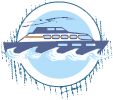
Dates & Prices
Prices From $5,000 / £4,065 per person
2025 prices, 8 days, per person, shared cabin
Single supplement: +50%
Christmas and New Year surcharge +10%
Children under 12 years: -15% discount
Discounts on certain dates may be available- please ask us
Can’t find what you’re looking for? Get in Touch
+44 (0)131 378 5593
+44 (0)131 554 6025



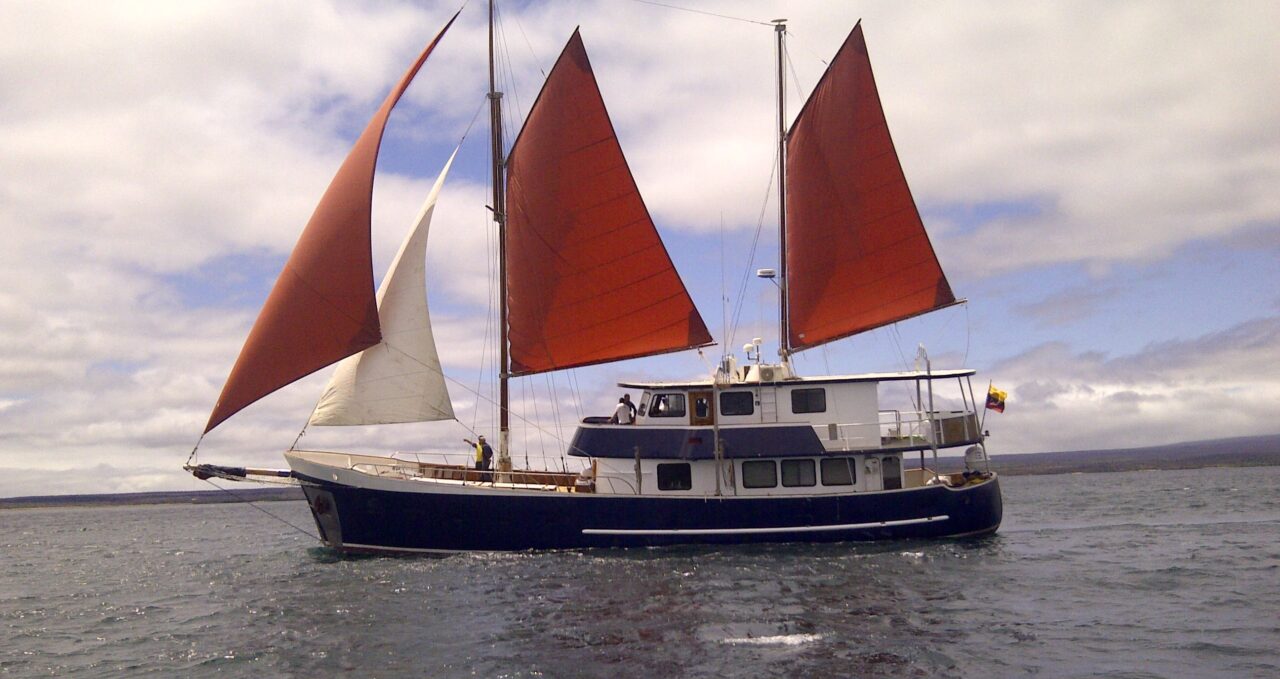
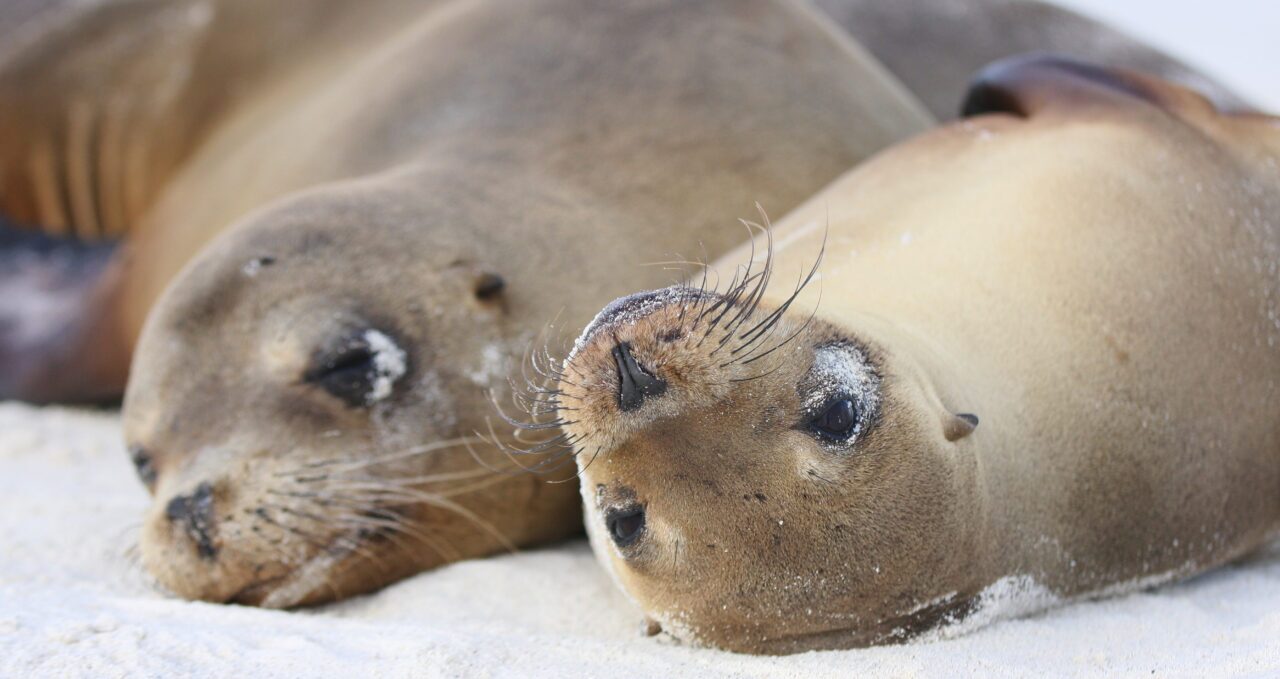
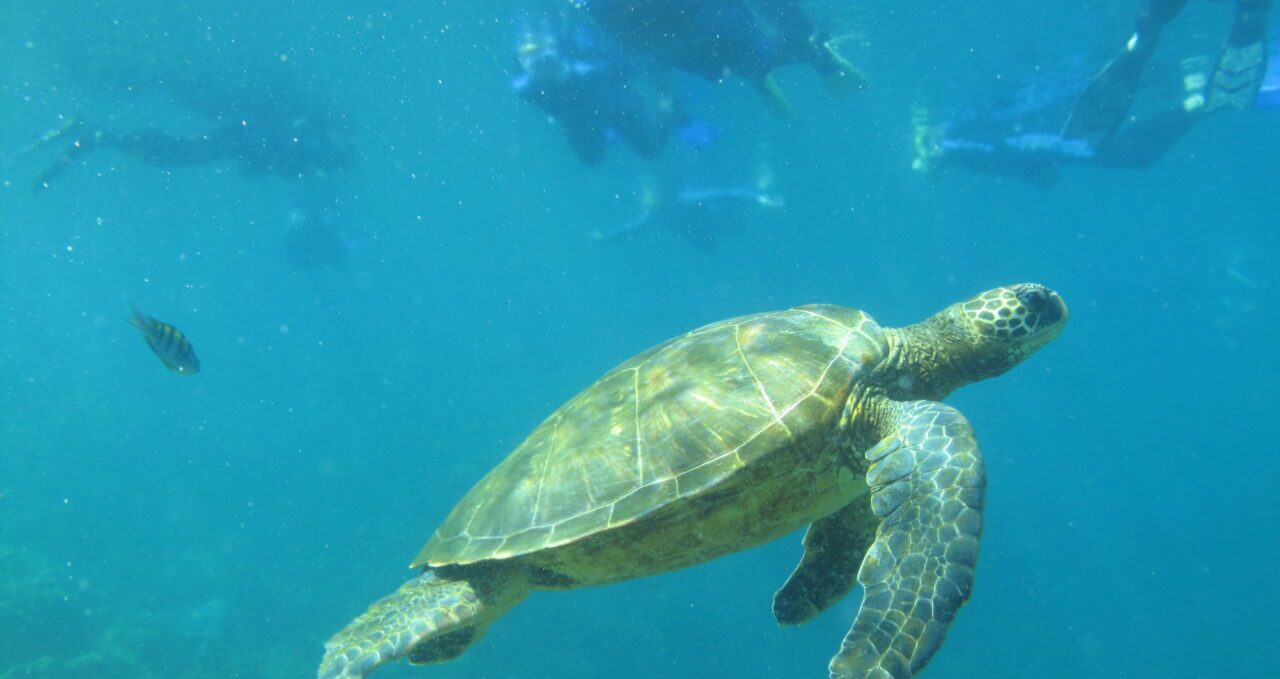
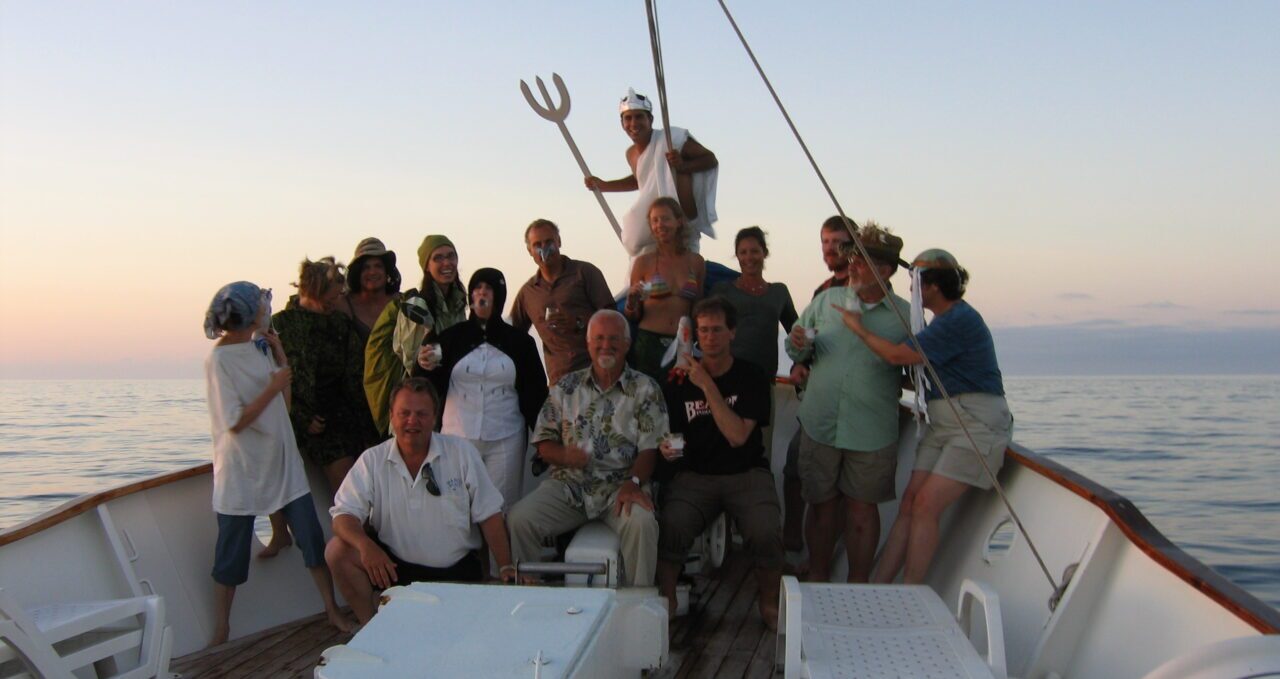
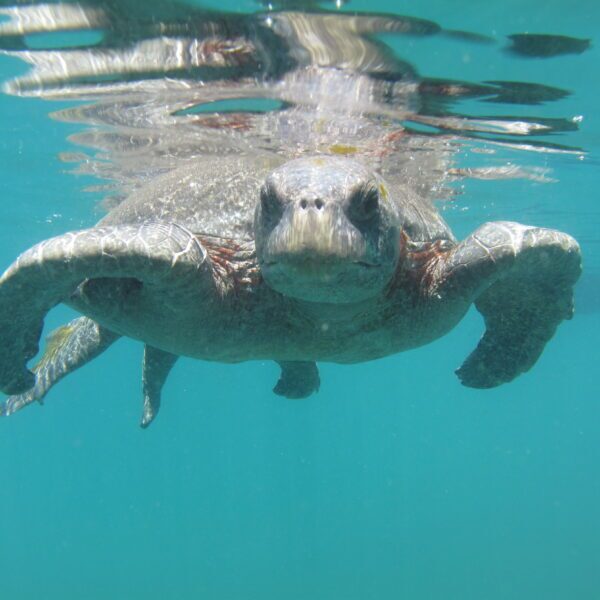
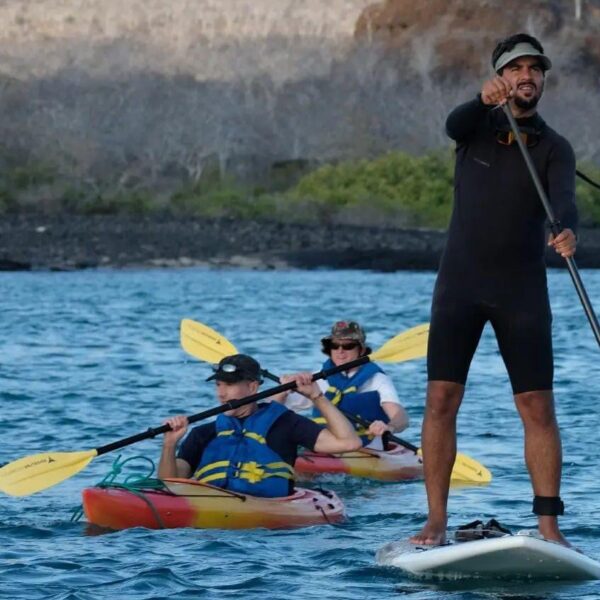
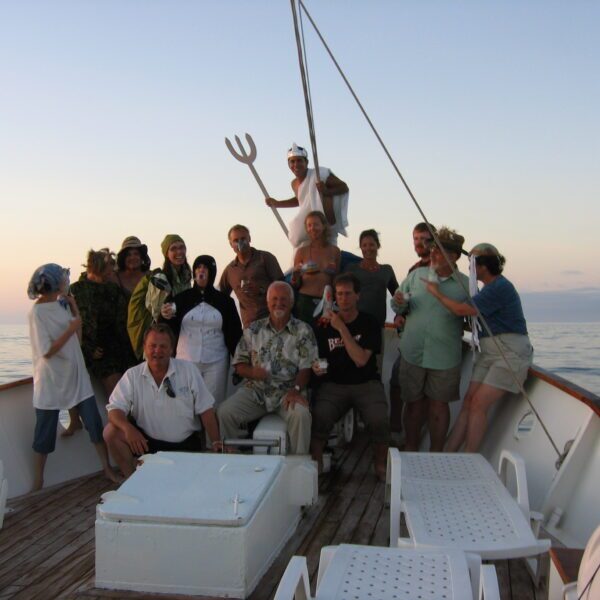
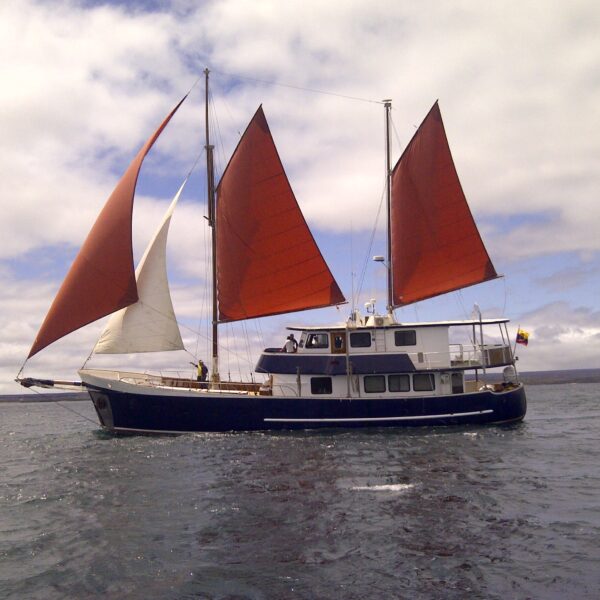
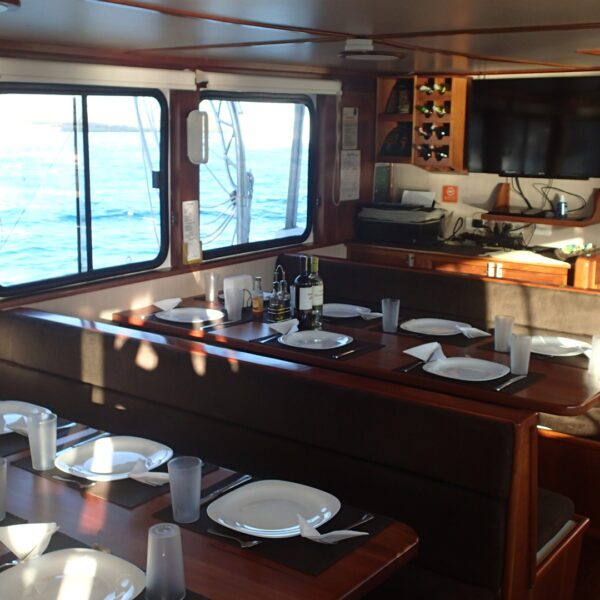
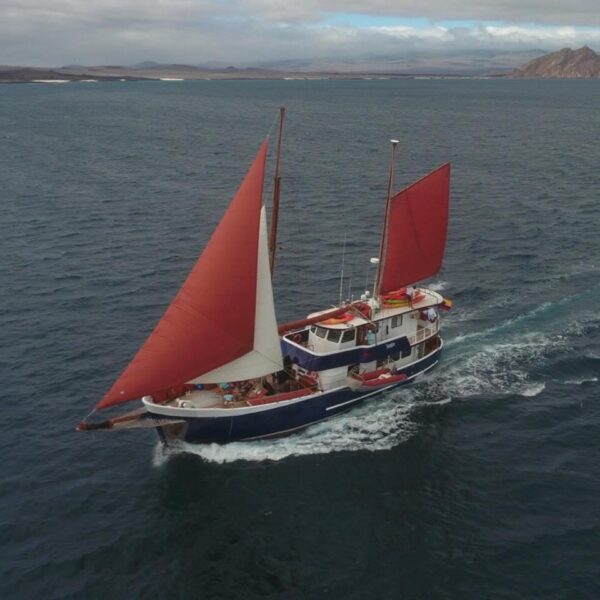
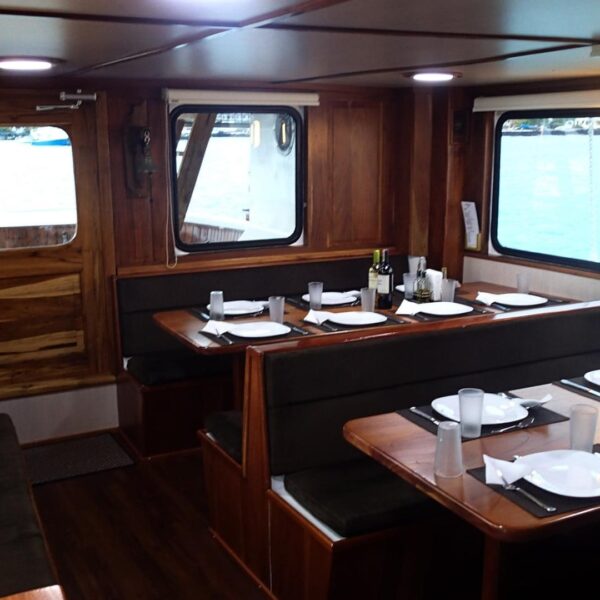
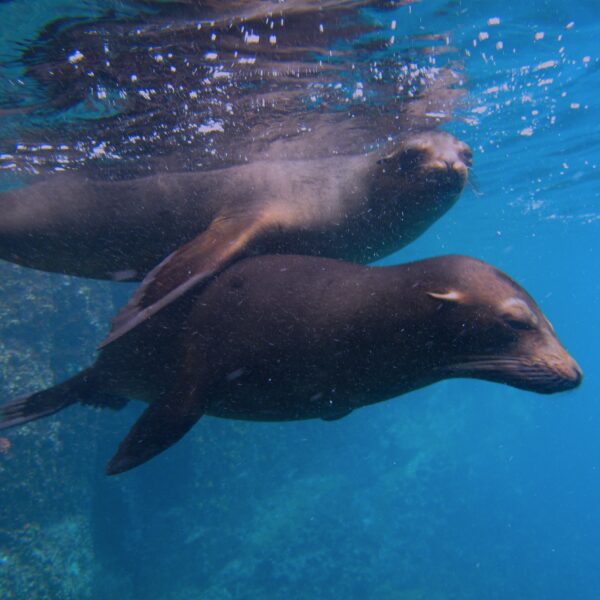
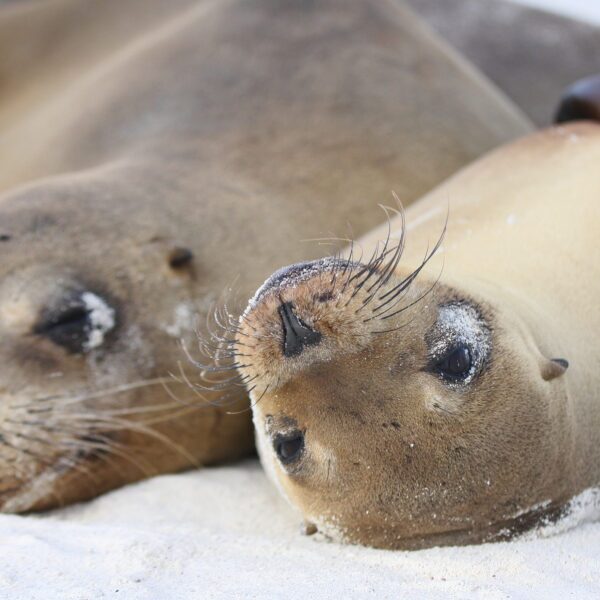
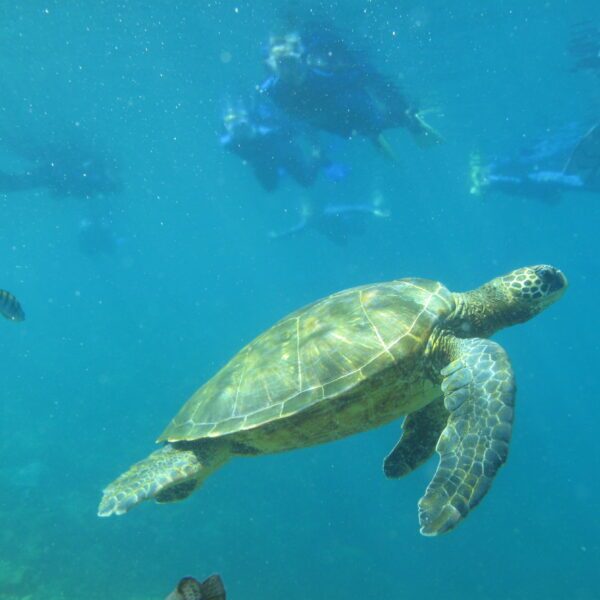
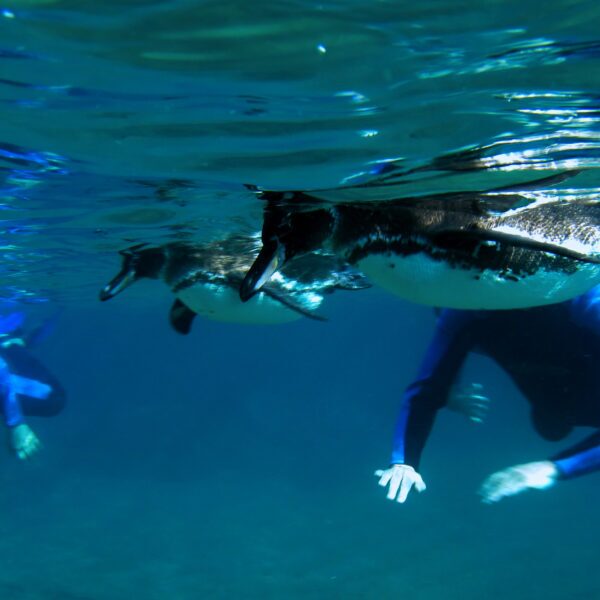

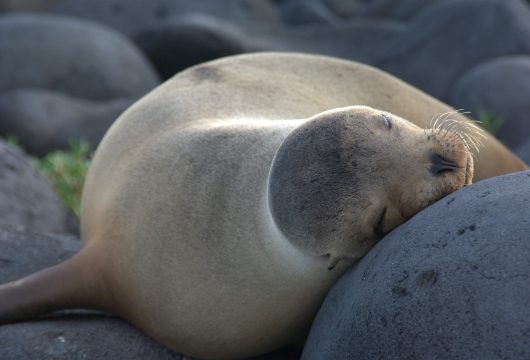
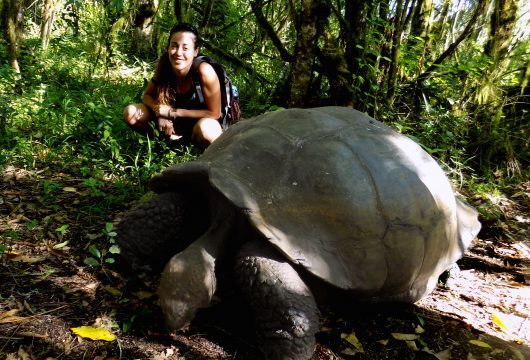
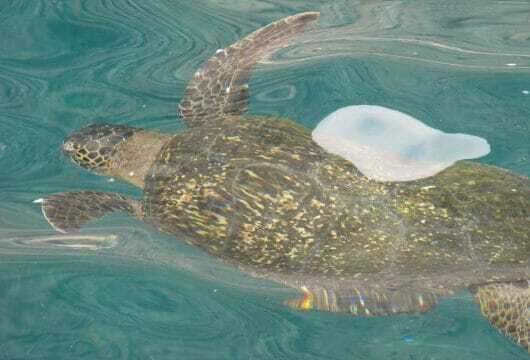
 a Group Tour
a Group Tour 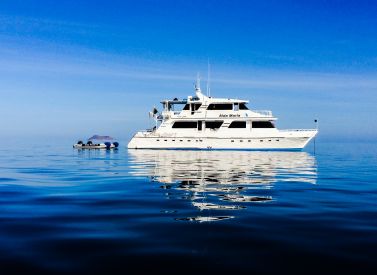
 a Tailor Made Tour
a Tailor Made Tour 